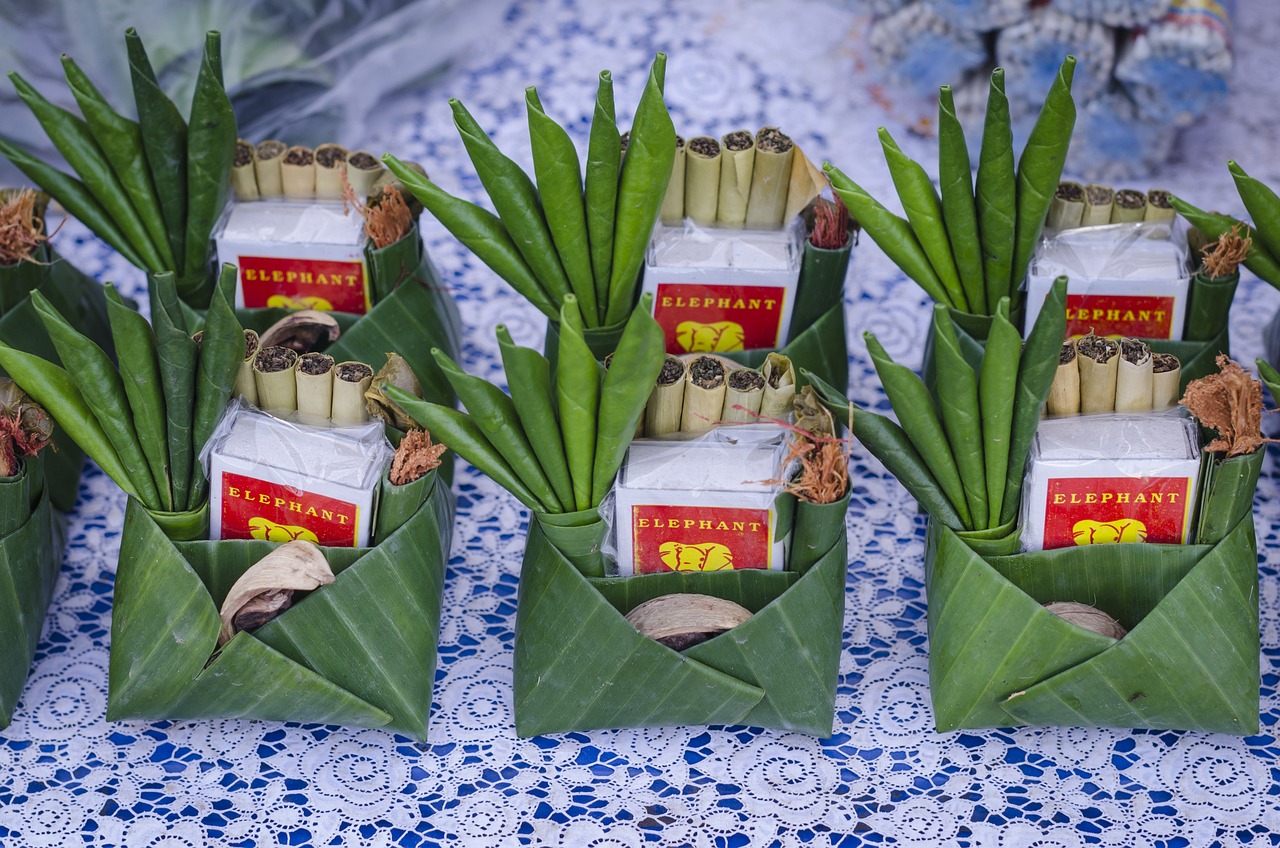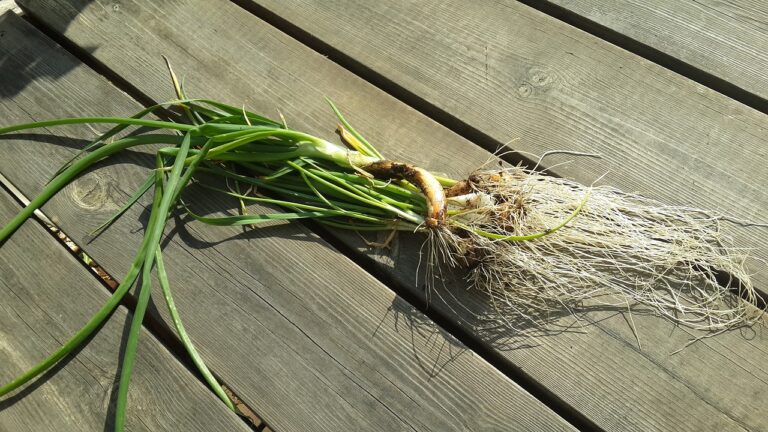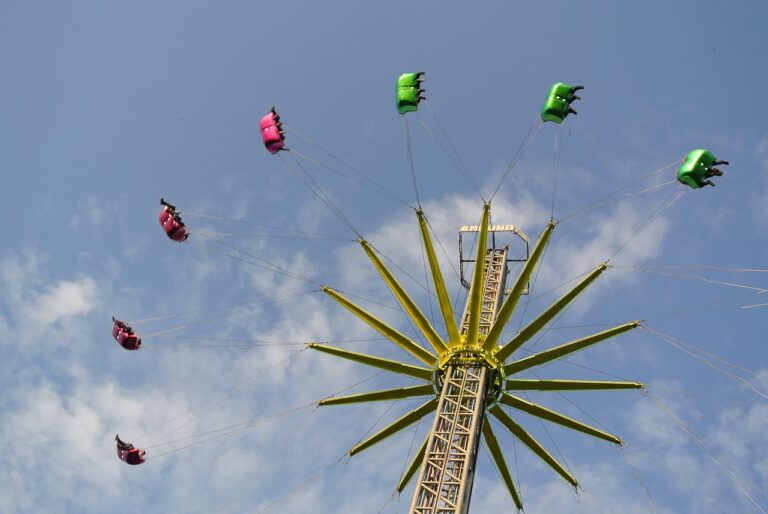Collecting Antique Ceramics: A Guide for Beginners: Play 99 exch, Lotus bhai, Playexch
play 99 exch, lotus bhai, playexch: Collecting antique ceramics can be a fascinating hobby for anyone interested in history, culture, and art. Whether you’re looking to start a collection or add to an existing one, this guide will help beginners navigate the world of antique ceramics with confidence.
Understanding Antique Ceramics
Antique ceramics refer to pottery and porcelain pieces that are at least 100 years old. These objects often carry historical and cultural significance, making them valuable to collectors. When collecting antique ceramics, it’s essential to educate yourself on different styles, techniques, and periods to make informed decisions.
Researching Antique Ceramics
Before diving into collecting antique ceramics, take the time to research and familiarize yourself with different types of pottery and porcelain. Visit museums, antique shops, and online forums to learn about different styles and techniques. Understanding the history behind each piece will help you appreciate their value and significance.
Setting a Budget
Collecting antique ceramics can be an expensive hobby, so it’s crucial to set a budget based on your financial capabilities. Determine how much you’re willing to spend on each piece and stick to your budget to avoid overspending. Remember, the value of antique ceramics can vary depending on their rarity, condition, and historical significance.
Building Your Collection
Start building your collection by focusing on a specific type of antique ceramics that interests you the most. Whether it’s Chinese porcelain, English pottery, or Japanese earthenware, choose a niche that resonates with you. As you expand your collection, be open to exploring different styles and periods to diversify your portfolio.
Caring for Antique Ceramics
Proper care and maintenance are essential to preserving the beauty and value of antique ceramics. Handle each piece with care, avoiding sudden temperature changes and excessive handling. Display your collection in a secure and stable environment to protect them from dust, sunlight, and humidity.
Networking with Other Collectors
One of the best ways to enhance your knowledge and appreciation of antique ceramics is by networking with other collectors. Join local antique clubs, attend collector’s fairs, and engage with online communities to connect with like-minded individuals. Sharing stories, insights, and experiences with fellow collectors can enrich your collecting journey.
FAQs
Q: How can I authenticate antique ceramics?
A: Authenticating antique ceramics can be challenging, but consulting with experts, researching provenance, and examining marks and signatures can help verify their authenticity.
Q: Are antique ceramics a good investment?
A: While the value of antique ceramics can fluctuate, investing in pieces with historical significance, rarity, and excellent condition can potentially yield a return on investment over time.
Q: How should I store antique ceramics?
A: Store antique ceramics in a cool, dry place away from direct sunlight and extreme temperatures. Use acid-free tissue paper or bubble wrap to protect delicate pieces from damage.
In conclusion, collecting antique ceramics is a rewarding and enriching hobby that allows you to connect with the past through beautiful and timeless artifacts. By following this guide and immersing yourself in the world of antique ceramics, you can build a collection that reflects your passion and appreciation for art and history.







